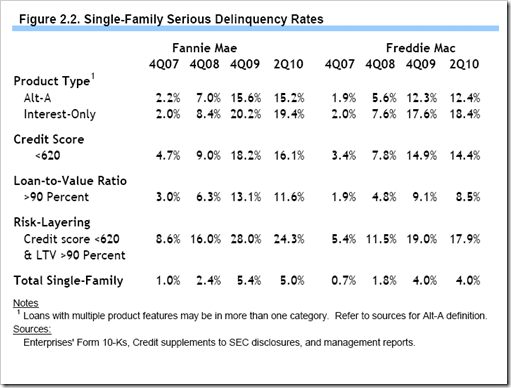It’s my 800th post! I was trying to think of ways of celebrating this arbitrary milestone, but they all involved the chocolate bar sale at RCSS this week, which means I don’t have very good news for my diet update this week. Well, actually, it’s not all bad. I’ve been much better about my regular meals, even having salad for lunch, much to the very vocal shock and surprise of my coworkers. It’s just that I’ve also been grinding away at analysis for 10-12 hours a day for the last two weeks or so, and that has involved a lot of snacking. Worse yet, I haven’t done much at all in the way of exercise through all this, and the weather’s not getting any better.
The housing bubble seemed to crack into the media’s attention this week, with numerous stories on the matter, thanks in part to some attention from reports from CCPA, Howe, the OECD, and TD.
One important distinction to make is that the US was not the only country to have a housing bubble collapse in the last few years: most of Europe did as well. So if some analyst lays out the reasons why we won’t have a “US-style collapse” here, well, that’s just playing with semantics. We could have a UK-style collapse. Or a Spanish one. Or our very own flavour. Yes, due to how our lending is set up we’re less likely to have “waves” of defaults, but that’s a fine point. The housing market in the US was not hunky-dory save for the defaults (and we didn’t really see them in our 1989 crash either). The fact is that housing is too expensive, and it will come down. There’s still plenty of debate about how quickly that will happen, and even how far it will come, and I will vigorously debate that the answers are “over the next 3-5 years” and “far enough that you don’t want to buy now” — but those are opinions vs facts. While we may not have defaults accelerating the downward cycle, we do have the experience of watching the rest of the world burn. Once it’s common knowledge that yes, our house is on fire too, I don’t think people will dick around before heading for the exits, which will help speed the process along.
In the US, Barry Ritholtz points out that the spin from the NAR did not help anything. Something to keep in mind when reading CREA/TREB releases!
David Fleming had a look at his new condo at West Side Lofts, and was not impressed. An important reminder that pre-construction is supposed to sell at a significant discount because of the risks inherent in buying something sight-unseen. Plus of course the delays, and the risk the market could move against you.
An engineering student did a cross-Canada trip in an electric car he built himself! Should (slightly) help put people’s minds at ease about range anxiety and charging infrastructure, at least a little bit.
Michael James comments on an article about using “robot traders” to move against the herd and stabilize markets. He asks the same question that popped into my mind when I first saw it on Larry McDonald’s blog — who’ll pay for all of that trading, especially if the positions lose money for years at a time?
John Hempton of Bronte Capital had an interesting post about doing due diligence on an internet travel booking company in China. It’s a long post, but a good read on some basic ways to check up on a company you may be interested in. He came to the conclusion that the company was worth shorting, which raised something of a shitstorm — UTA was the biggest decliner on the NYSE the day after the blog post. There are two followup posts as well.
I’ve long been a browser tab addict with Firefox, opening all kinds of links in new tabs to follow-up on later. I usually use the CTRL-click shortcut to have a link open in a new tab, rather than right-clicking, then going to “open in new tab”. However, Netbug just pointed out that clicking with the middle mouse button (on most mice, that’s clicking your scroll wheel) also does the trick. Efficiency!
And finally, it’s a new school year, which generally means very little to the full-time grad student. However, it did mean the replaying of our annual introduction to the department for the new students, including laying out the details on tuition support and stipends/scholarships. Which has resumed a discussion that is near and dear to my heart: Year X & funding. Funding for students is only guaranteed out to 5 years for PhD students (4 for those who already have a MSc). However, the average degree takes something more like 7 years — indeed, just finding information on the actual statistics for the time to complete a degree is proving to be nearly impossible. If you’ve got any good data on these issues (even just at the departmental level at whatever university you’re at) please share! There was also some brief talk on the fact that the funding slide was exactly the same as the one I saw when I first arrived here [redacted] years ago, which was old even then. In over a decade there have been no cost-of-living adjustments to the stipends grad students get, even though the university can’t be ignorant of inflation, as tuition has gone up 35% in that time.



 Questrade: use QPass 356624159378948
Questrade: use QPass 356624159378948 Passiv is a tool that can connect to your Questrade account and make it easier to track and rebalance your portfolio, including the ability to make one-click trades.
Passiv is a tool that can connect to your Questrade account and make it easier to track and rebalance your portfolio, including the ability to make one-click trades.